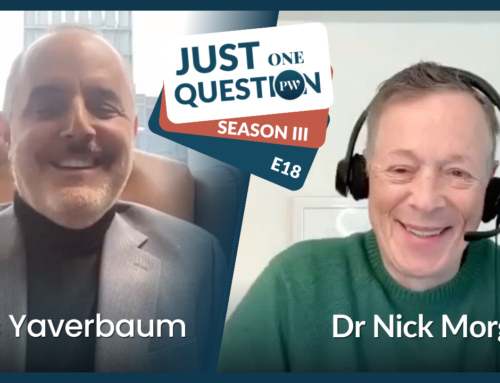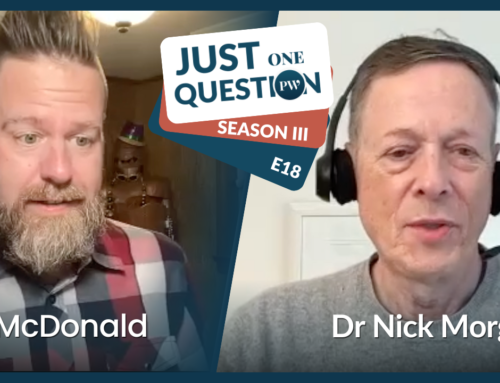The third of six posts on how to interact with audiences.
One of the consistent surprises for me in the keynote speaking world has been the reluctance of speakers to engage in significant audience interaction, despite the real benefits to both audience and speaker in doing so. Some speakers want to give their canned speech and leave, of course; it saves wear and tear on the speaker. Speaking can be a grueling profession and minimizing the interaction with audiences is one way to save on the gruel.
Other speakers don’t want to introduce the element of chaos that bringing an audience into a talk will potentially create. What if they ask a question I can’t answer – or don’t want to answer? And some speakers want to keep control of timing and agenda and don’t want to relinquish either to an unruly mob.
But those speakers are all missing the bigger point. If you are speaking about a serious topic with the ambition of changing the world – of spreading your message as far and wide as it will go – then allowing the audience to get active in some way will ensure that they buy in to — and remember — your messages rather than simply hearing it and moving on to the next thing.
So in this, the third of six posts, I’ll continue to identify ways in which you can think about engaging the audience effectively for their benefit and for the propagation of your message. Once again, I’ll phrase the interactivity challenge as a question.
How can you make your audience feel like they belong? Isolation and loneliness have been trending upwards, as the influencers say, and talked about as such, for at least the last two decades. When Robert Putnam published Bowling Alone in 2000, he both articulated and identified a general decline in civic engagement and explored possible causes ranging from the no longer palatable, like the entry of women into the workforce, to the increasingly obvious, like the increased use of technology. And that was before social media! And, of course, the pandemic has accelerated the upward trends of isolation and loneliness.
Post-pandemic, the hunger for a return to in-person entertainment, including public speaking, is palpable. As I’ve noted before, we humans are a communal species, and gathering in groups for sports, music, religion, and speaking is a way that we can satisfy that need for communal feeling.
But it’s not enough merely to gather an audience. You need to do what you can to create a sense of belonging. There are a number of ways to accomplish this happy state:
- Tell the audience about itself by polling it and reflecting back what you learn.
- Teach the audience some new trick, chant, song, insider concept, or insight that few others know.
- Distribute swag (t-shirts, tote bags, and all the usual paraphernalia, as well as unique objets you craft for the occasion) to create a sense of group belonging.
- Have individual members of the audience contribute to a group project of some kind, from a narrative to charity work.
- Let the audience in on a secret that only they are privy to and can share with outsiders at their discretion.
Fundamentally, your job as a speaker is to create a temporary club and elect the audience its only members. I saw this done memorably by my Geology professor in college, who was teaching us non-scientist students about plate tectonics. He persuaded us that the big quake was overdue in California, by analyzing the movements of the appropriate plates, and then let us know that he was going to a conference in California the following week. We anxiously scanned the newspapers each day that he was gone, convinced that this charismatic professor was correct and that he was going to be swallowed up in the big shake on Day 2 of the conference. We wandered around our eastern seaboard college convinced we were the only ones in the know and anticipating the news from the west coast. When it didn’t come, I believe we were a little disappointed, as well as of course happy that our professor was going to live another term. More than that, we no longer felt like part of a special club of earthquake prognosticators. It was a heady feeling while it lasted.
Give your audience a sense of belonging by showing curiosity in their stories and conditions, listening to them through research and polling, and reflecting back to them a sense of themselves.









I think you have noted some very interesting points, regards for the post.
Thanks, Jennifer!